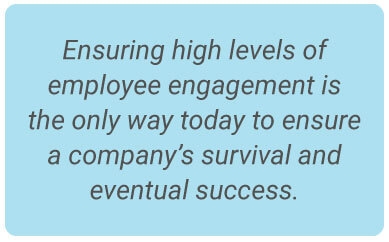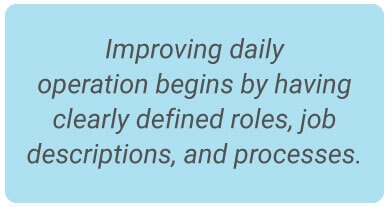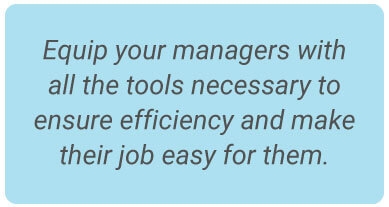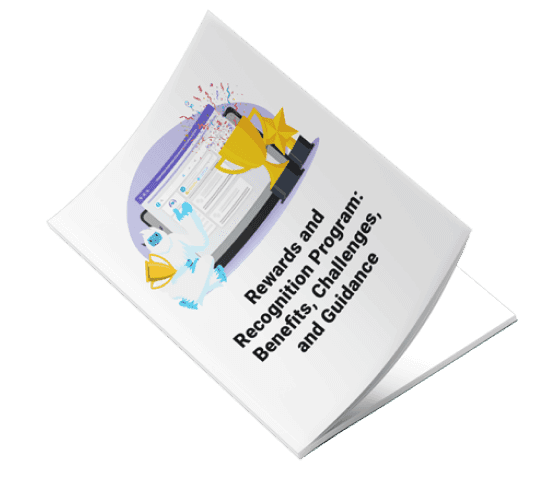
Your Competition Never Sleeps: The Importance Of Continuous Workforce Management Improvement To Stay Ahead
June 28, 2022
|
Rob Press
What is Employee Engagement?

Continuous Workforce Management - Stay Ahead of the Game
Attract Better Talent
Avoid Bad Reviews
Improve Day-to-Day Operations

Increase Company Adaptability
How to Ensure Ongoing Workforce Management
Tell Them How Things Work Around Here
Ensure Proper Time Off and On
Arrange Regular Training Sessions
Arm Managers With the Right Tools

Regular Performance Recognition
Pay Attention to Employee Feedback
Delegate Responsibility Properly
The Bottom Line
About the Author

Rob is a content marketing manager at Deputy, a robust scheduling software that can be used to manage your workforce in a wide variety of different industries. Aside from helping businesses reach operational efficiency, he keeps up to date with the latest trends in SaaS, B2B, and technology in general.






